Vitamin B12 deficiency in people can cause a slew of health problems and even become fatal. Until now, the same deficiencies were thought to impact certain types of algae, as well.
Tag: Algae
EMSL postdoc investigates how algae affects climate, human health
Mickey Rogers, a Linus Pauling Distinguished Postdoctoral Fellow at the Environmental Molecular Sciences Laboratory (EMSL) talks about her research on how algae particles in the atmosphere affect climate and human health.
How seaweed has been misleading scientists about reef health
For decades, scientists have looked to seaweed as an indicator of the health of coral reefs lying underneath. But what if the seaweed was misleading them? New UBC research reveals it was, and scientists need new ways to determine whether human activity is harming a particular reef.
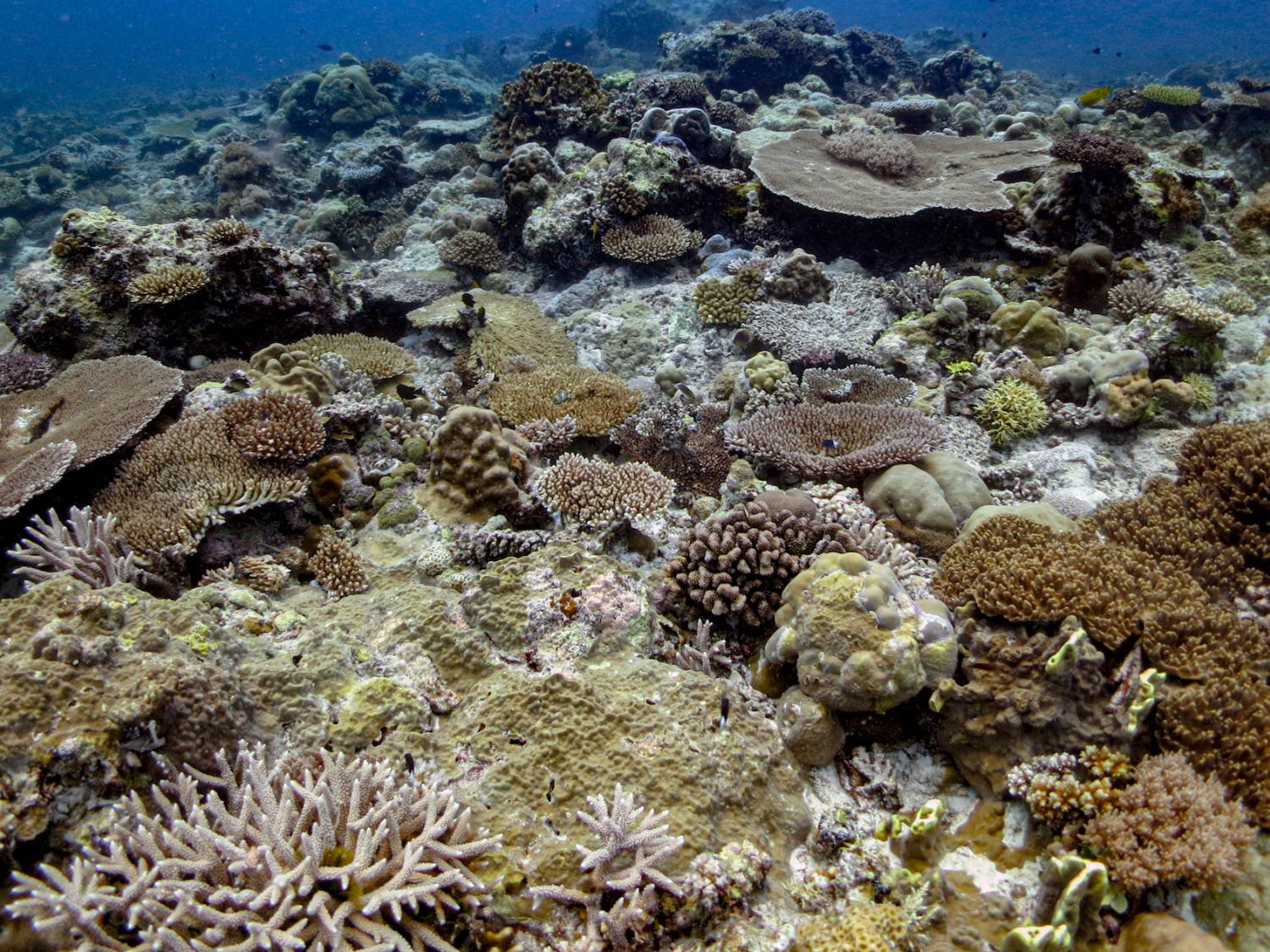
Indo-Pacific corals more resilient to climate change than Atlantic corals
In the face of global warming and other environmental changes, corals in the Atlantic Ocean have declined precipitously in recent years, while corals in the Pacific and Indian Oceans are faring better.
Natural Wax Holds Promise to Replace Petroleum in Cosmetics and Personal Care Products
A wax that is derived from a commonly grown marine microalga could be the next big thing in cosmetics and personal care products, thanks to a recent license agreement between the Woods Hole Oceanographic Institution (WHOI), Western Washington University (WWU)—which jointly own the patents—and Upwell Cosmetics, a start-up materials company founded in Woods Hole, Mass.
Study finds that big rains bring big algae blooms… eventually
In the lake-rich regions of the world, algae blooms are a growing problem. Not only are the floating green scums a nuisance for anyone hoping to enjoy the water, they can turn toxic and threaten public health.The main driver behind these blooms is phosphorus, an element used widely in agriculture to fertilize crops, that can run from the land and into lakes — especially during heavy rains.
Algae Could be Instrumental in Making Human Exploration of Mars Possible
A team of UNLV scientists is already researching how we can support extended space travel with oxygen and food needs for people.
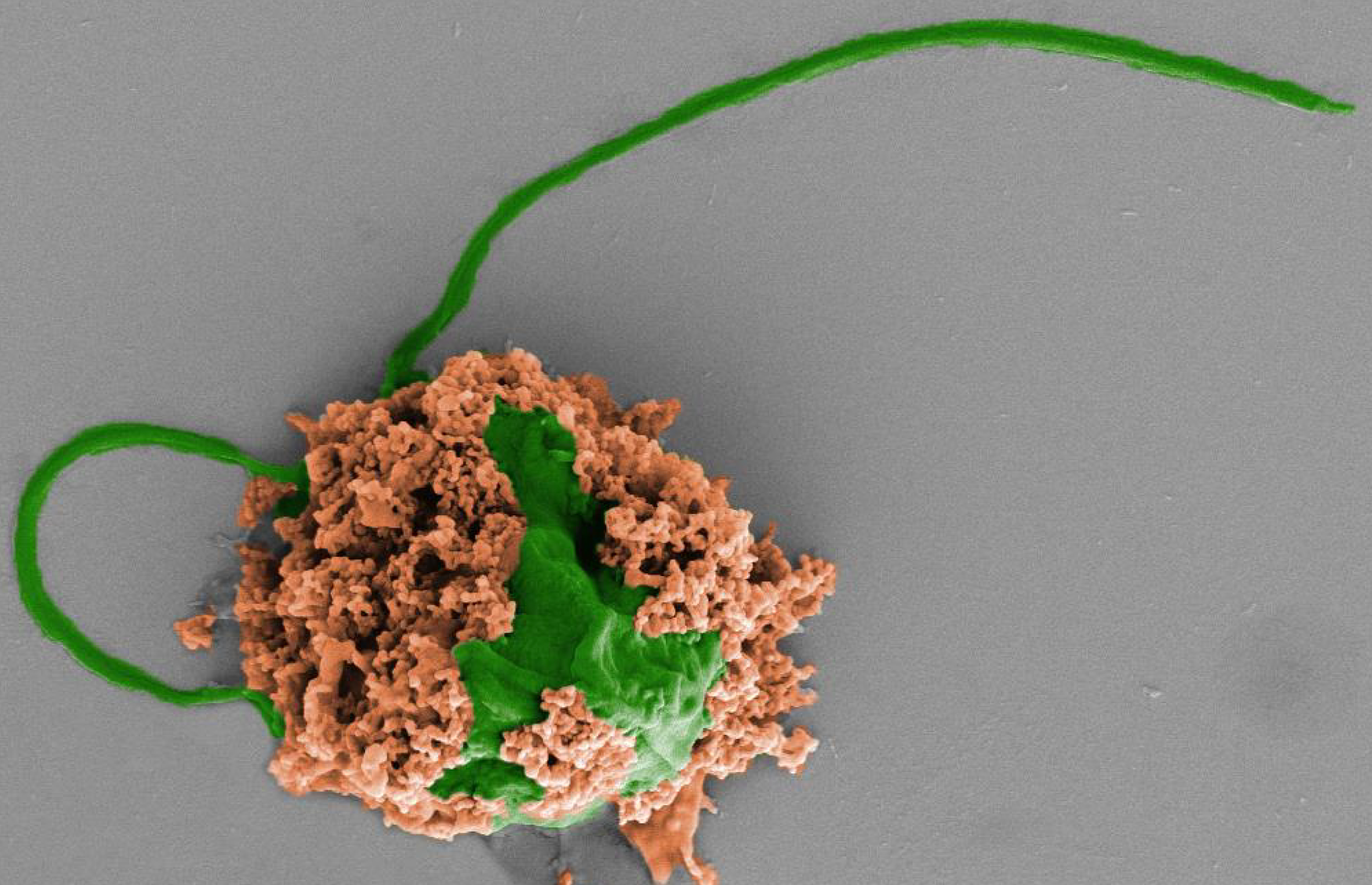
Tiny swimming robots treat deadly pneumonia in mice
UC San Diego engineers have developed microscopic robots, called microrobots, that can swim around in the lungs, deliver medication and be used to clear up life-threatening cases of bacterial pneumonia. In mice, the microrobots safely eliminated pneumonia-causing bacteria in the lungs and resulted in 100% survival. By contrast, untreated mice all died within three days after infection.
Rutgers Researcher Aims to Protect and Regenerate Corals Through Coral Genomics with $500K NSF Grant and Award-Winning Video
A Rutgers researcher will use genomics, genetics, and cell biology to identify and understand the corals’ response to heat stress conditions and to pinpoint master regulatory genes involved in coral bleaching due to global warming and climate change. The researcher and his team will use a novel gene-editing tool as a resource to knock down some gene functions with the goal of boosting the corals’ abilities to survive.
Revealing the ramifications of ocean acidification for coralline algae
Scientists have long suspected that coralline algae are particularly sensitive to changes in ocean chemistry. Now, researchers have found that most species of coralline algae studied are negatively affected by ocean acidification.
Climate Change Threatens Base of Polar Oceans’ Bountiful Food Webs
A study recently published in Nature Communications suggests that displacing cold-water communities of algae with warm-adapted ones threatens to destabilize the delicate marine food web. The team was led by University of East Anglia researchers and included DOE Joint Genome Institute researchers.
Behold the humble water flea, locked in a battle of mythological proportions
In Greek mythology, Hydra was a monstrous water serpent that lived in a swamp and terrorized nearby residents. When intrepid Hercules sliced off one of Hydra’s multiple heads, two more heads grew back in its place. This counterintuitive result — when an action taken to reduce a problem actually multiplies it — is known as a hydra effect.
Fighting Viruses with Algae
A comprehensive literature review linking algae and antivirals determines compounds in algae may demonstrate an exceptional—and as yet untapped—potential to combat viral diseases at every point along the viral infection pathway.
Pretreating Nuisance Green Algae with Lye, Urea Increases Bacterial Production of Biogas
An international research team reports their success in using urea and sodium hydroxide (NaOH, commonly known as lye or caustic soda) as a pretreatment of algae, which breaks down cellulose and more than doubles biogas production under their initial experimental conditions.
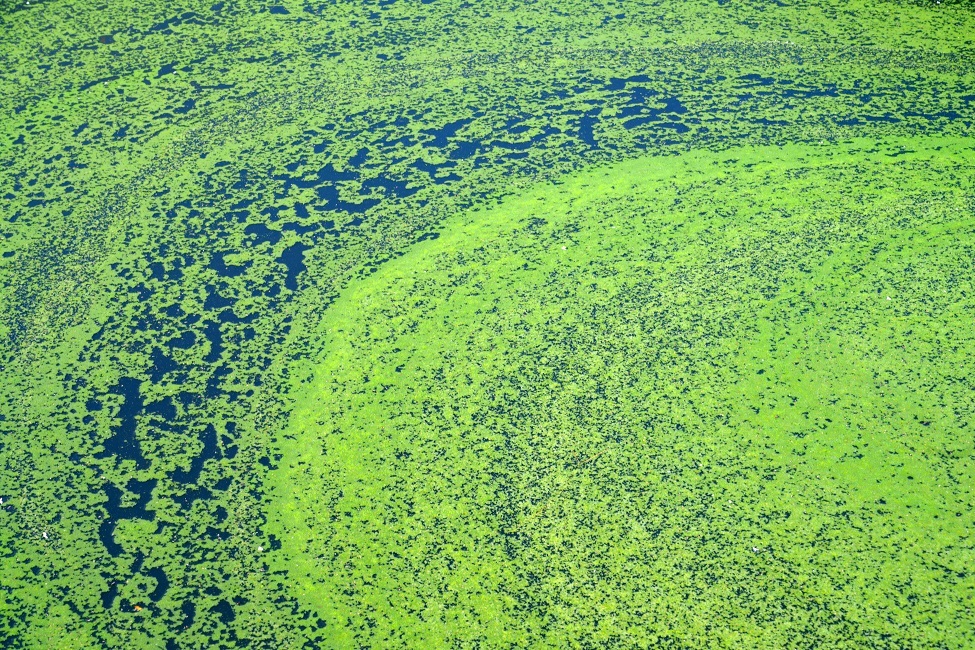
Free Online Video Series Open to the Public ‘Understanding Harmful Algal Blooms in Florida’
The free online series of short videos are designed to provide basic, jargon-free scientific information on harmful algal blooms: what they are; where they live and grow; and causes, impacts, and potential mitigation of blooms. The series is directed toward resource managers and decision-makers as well as the general public.
Rutgers Expert Available to Discuss Viral ‘Pandemics’ in Oceans
New Brunswick, N.J. (April 6, 2021) – Rutgers University–New Brunswick microbial oceanographer Kay D. Bidle is available for interviews on the persistent and profound impact of viral infections on algae in the oceans. These infections influence the Earth’s carbon cycle, which helps…
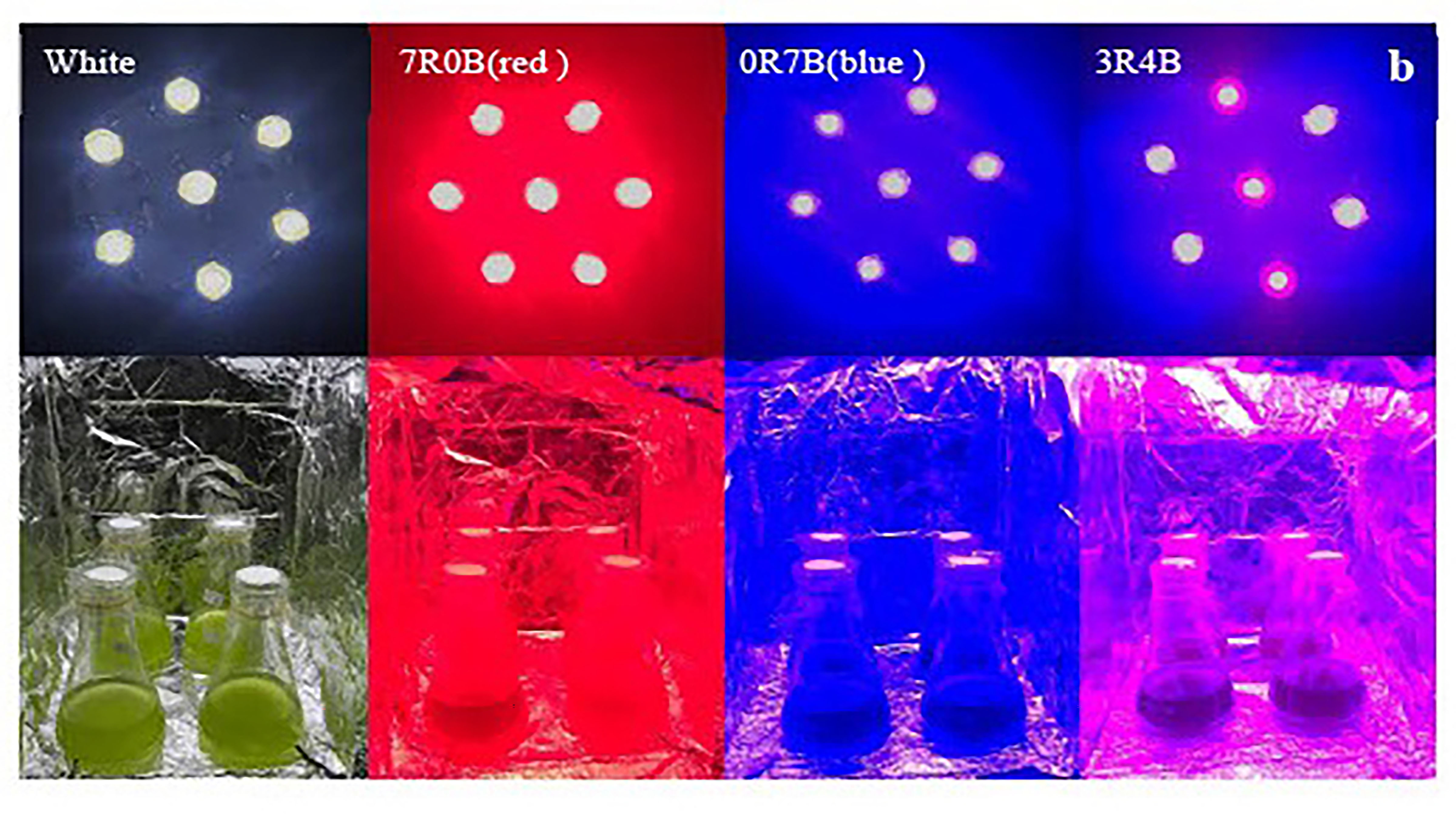
Shining, Colored LED Lighting on Microalgae for Next-Generation Biofuel
As biofuels continue to present challenges, microalgae are gaining momentum as a biofuel energy crop. In the Journal of Renewable and Sustainable Energy, researchers show how a combination of monochromatic red and blue LED illumination on one type of microalga can enhance its growth and increase the biosynthesis of critical components, such as lipids, for microalgae feedstock development. The researchers focused on Dunaliella salina, typically extracted from sea salt fields and found in salt lakes.
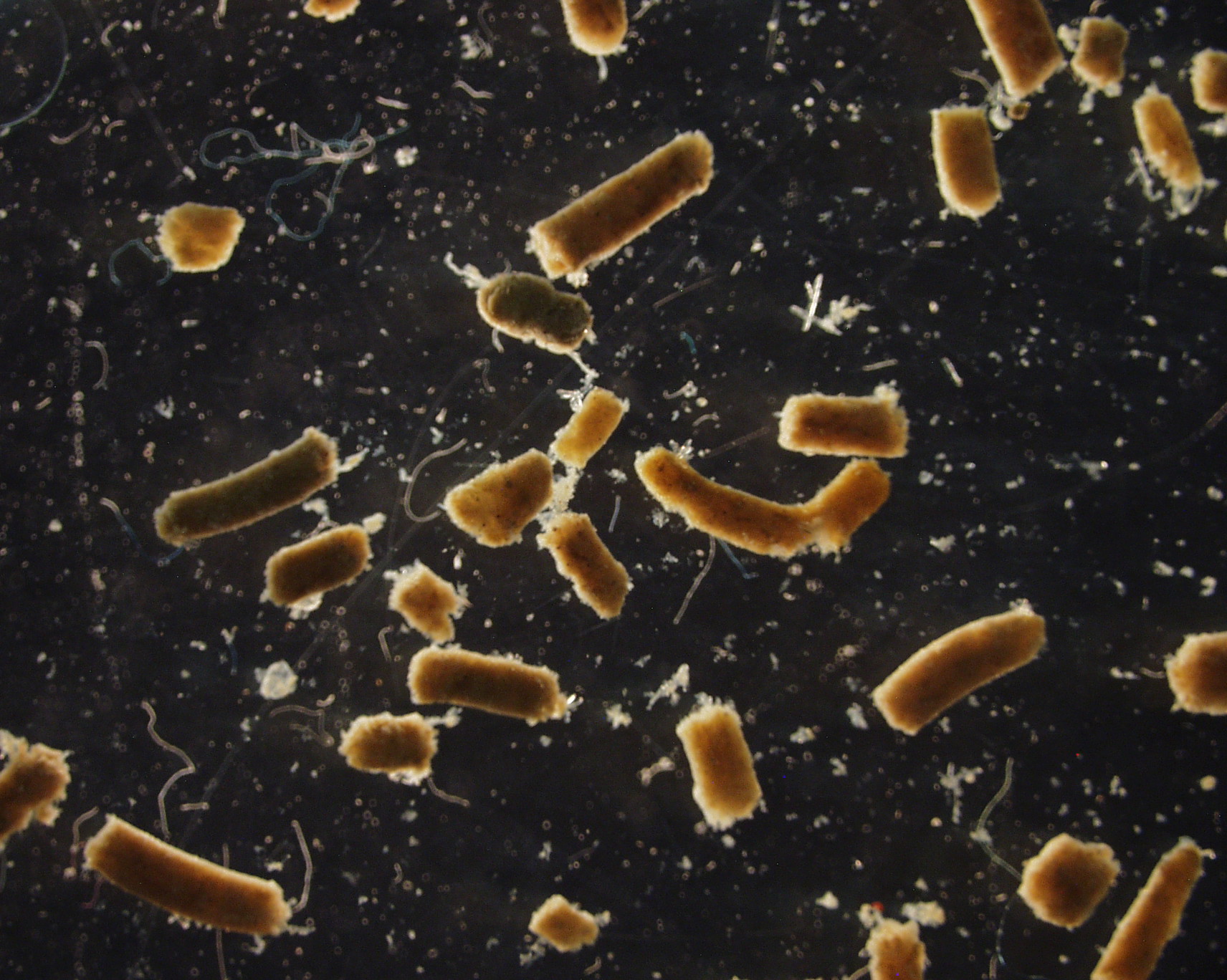
Fishes Contribute Roughly 1.65 Billion Tons of Carbon in Feces and Other Matter Annually
Scientists have little understanding of the role fishes play in the global carbon cycle linked to climate change, but a Rutgers-led study found that carbon in feces, respiration and other excretions from fishes – roughly 1.65 billion tons annually – make up about 16 percent of the total carbon that sinks below the ocean’s upper layers.
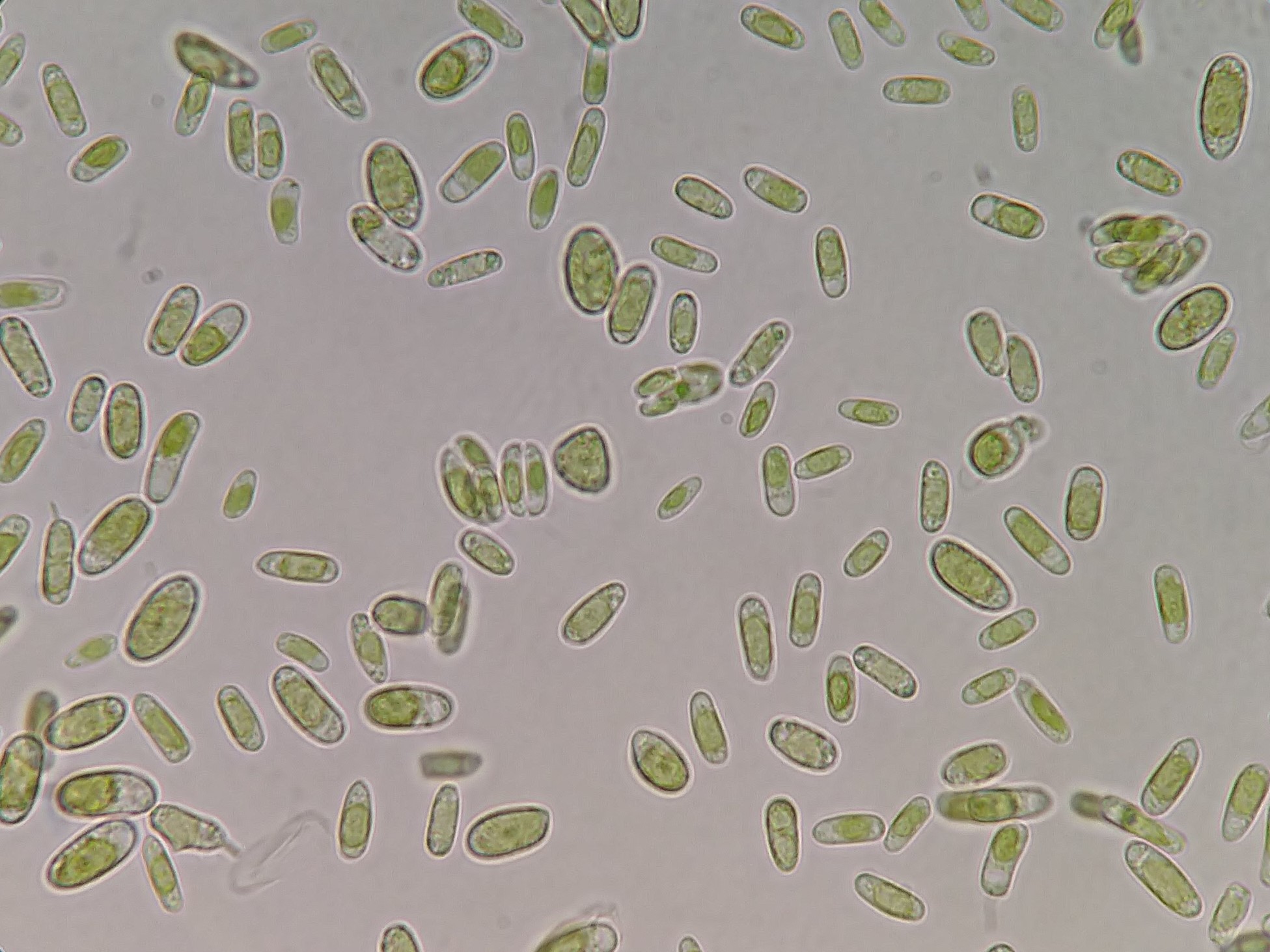
Bacteria and Algae Get Rides in Clouds
Human health and ecosystems could be affected by microbes including cyanobacteria and algae that hitch rides in clouds and enter soil, lakes, oceans and other environments when it rains, according to a Rutgers co-authored study.
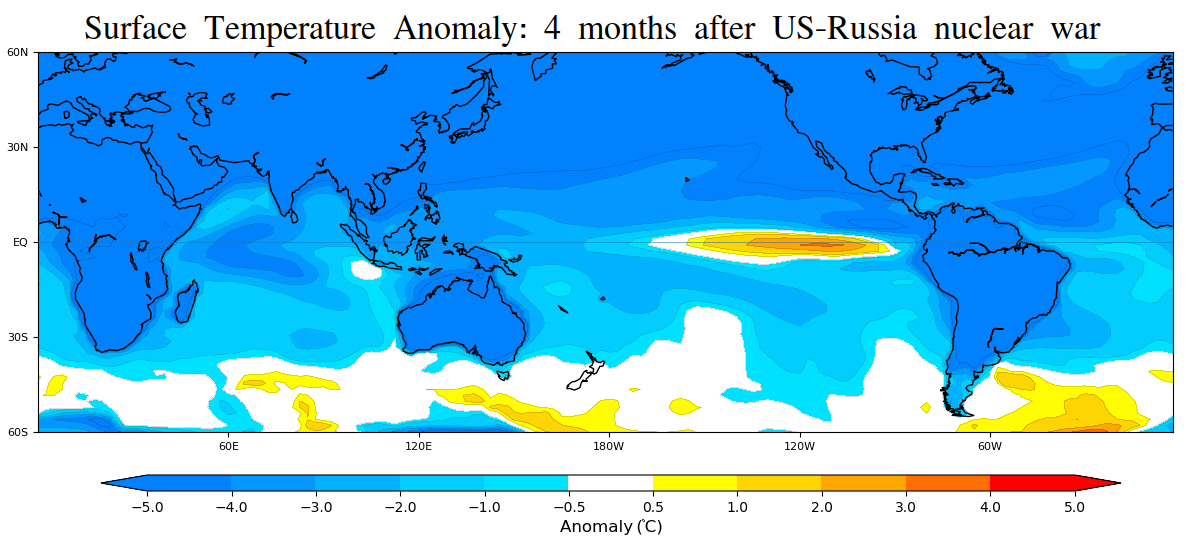
Nuclear War Could Trigger Big El Niño and Decrease Seafood
A nuclear war could trigger an unprecedented El Niño-like warming episode in the equatorial Pacific Ocean, slashing algal populations by 40 percent and likely lowering the fish catch, according to a Rutgers-led study. The research, published in the journal Communications Earth & Environment, shows that turning to the oceans for food if land-based farming fails after a nuclear war is unlikely to be a successful strategy – at least in the equatorial Pacific.
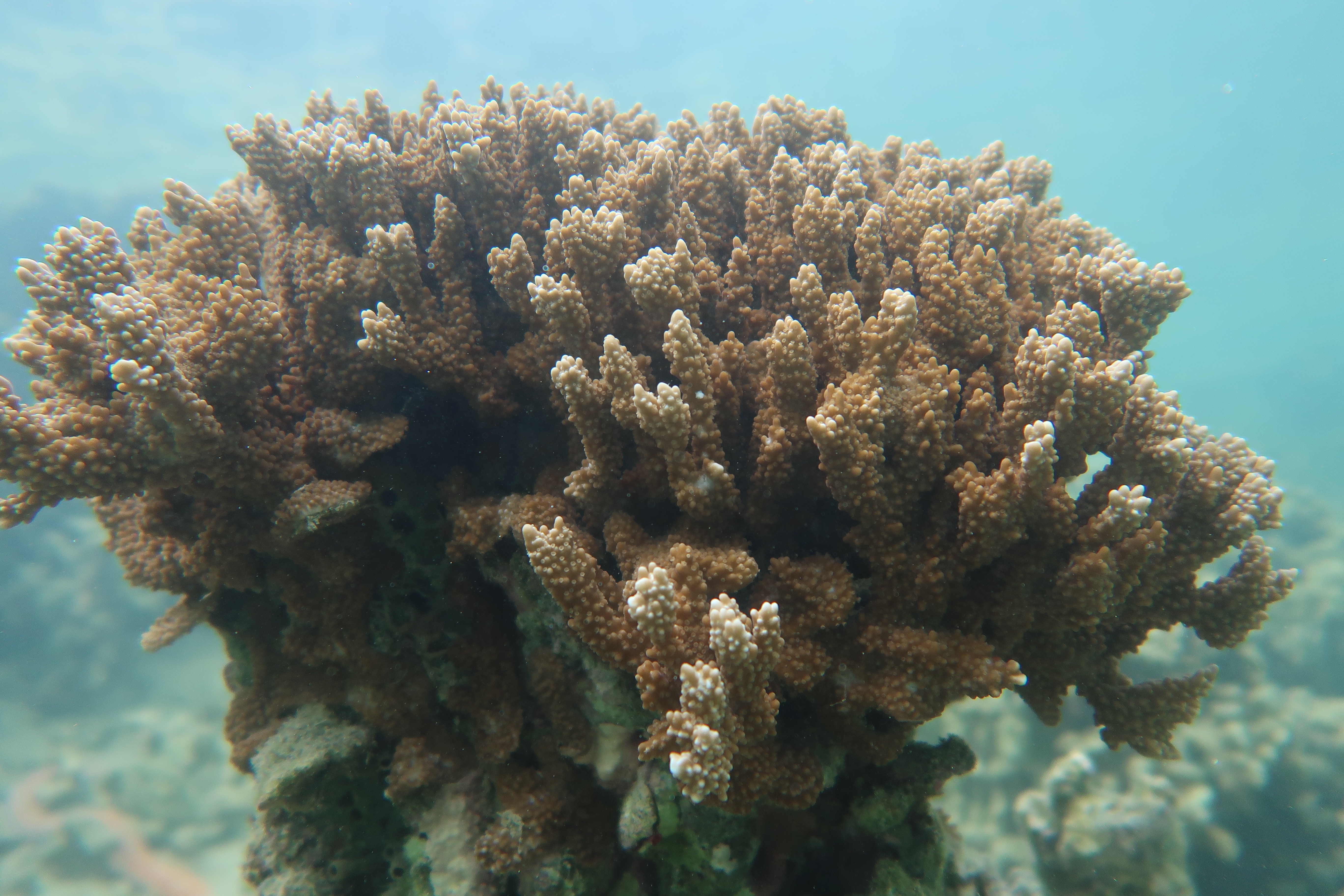
How to Identify Heat-Stressed Corals
Researchers have found a novel way to identify heat-stressed corals, which could help scientists pinpoint the coral species that need protection from warming ocean waters linked to climate change, according to a Rutgers-led study.
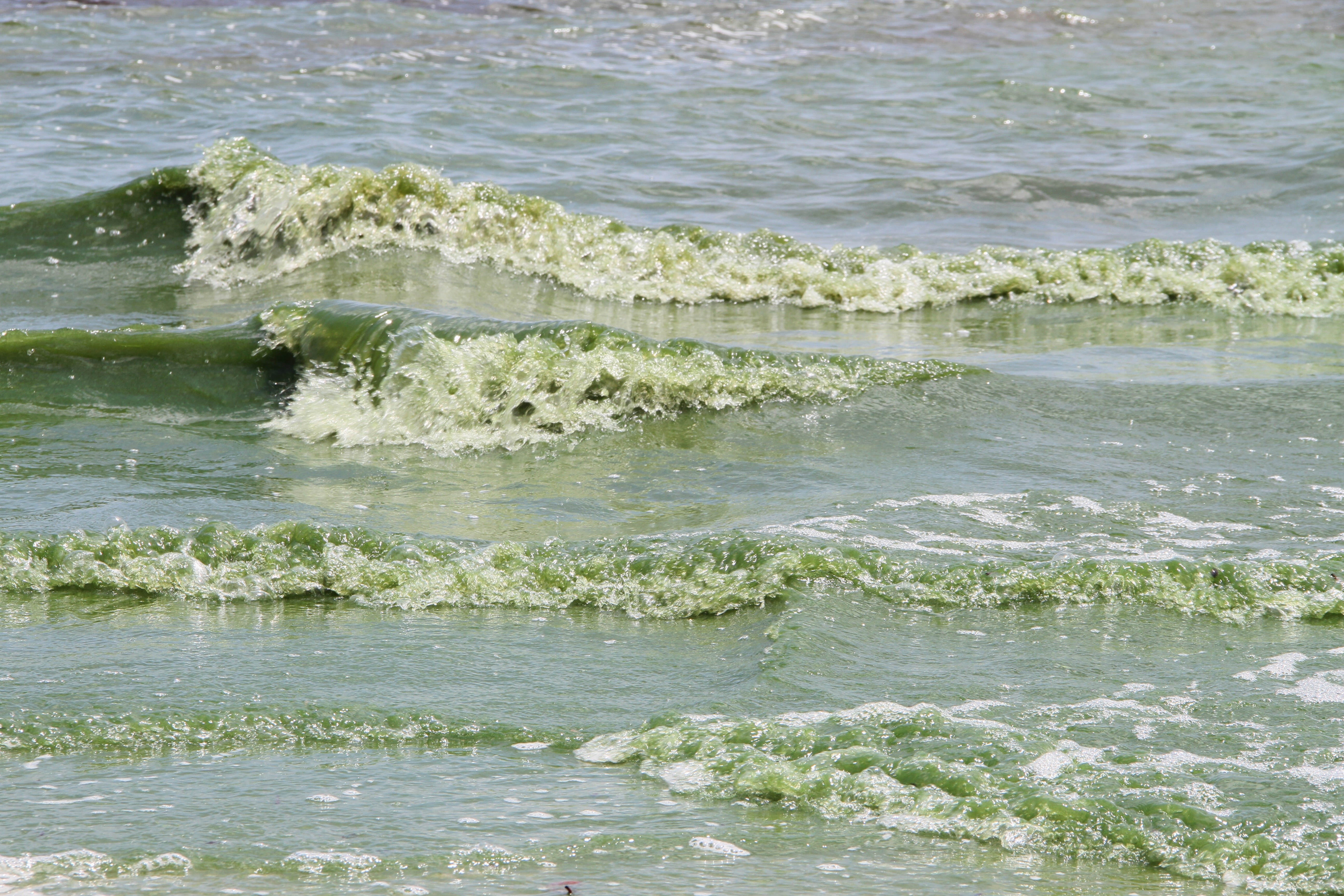
FAU Receives Florida Department of Health Grant to Study Health Effects of Harmful Algal Blooms
Despite many occurrences of red tide and blue green algae in Florida waters, the understanding of the health effects of exposure to these blooms is limited. Researchers will evaluate short- and long-term health effects of exposure to harmful algal blooms (HABS) in Florida to capture key areas of human exposure and a wide demographic population profile. They also will evaluate the potential effect of exposure to COVID-19 on susceptibility to HABs and health outcomes in this study population.
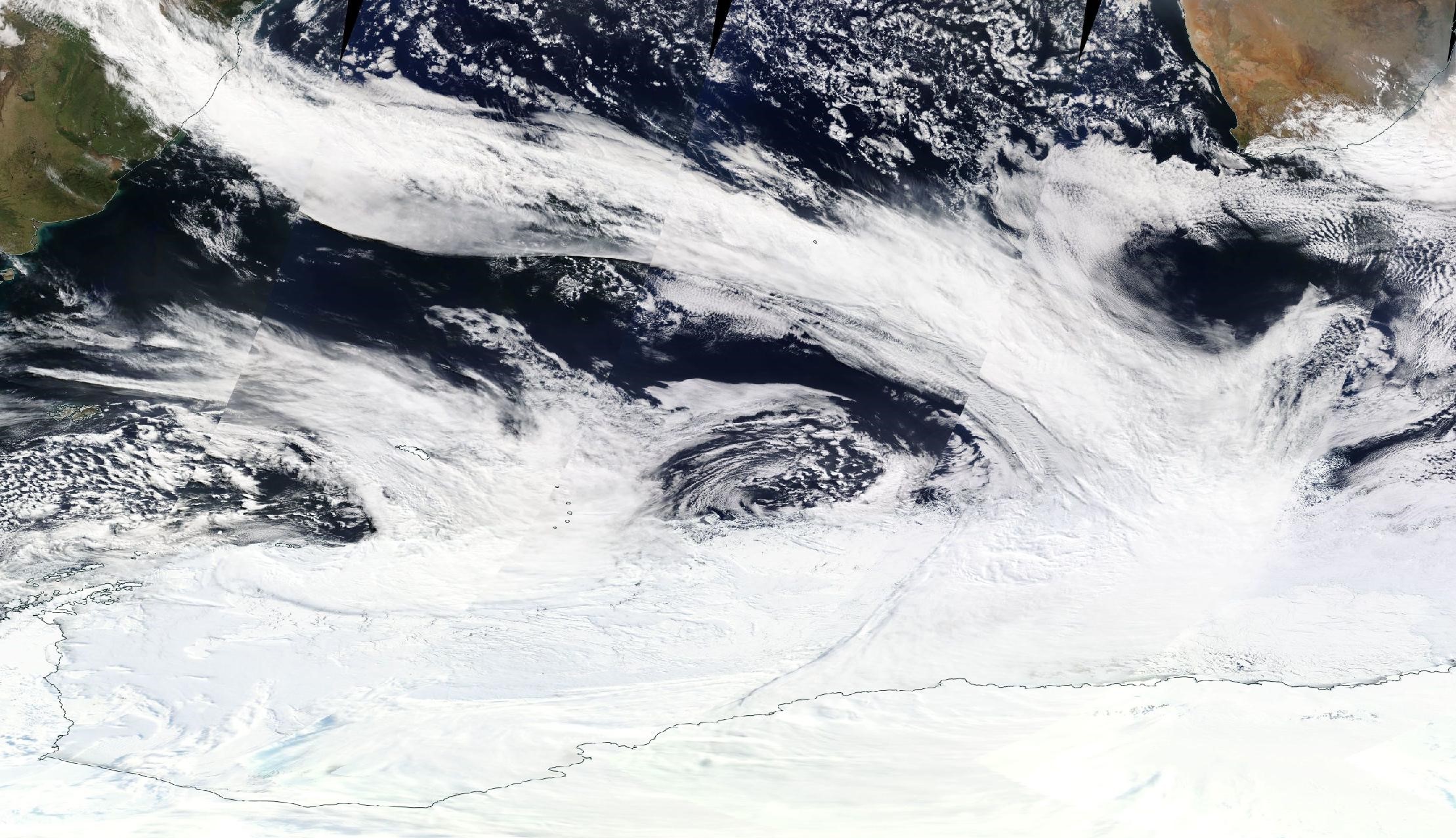
Atmospheric Rivers Help Create Massive Holes in Antarctic Sea Ice
Warm, moist rivers of air in Antarctica play a key role in creating massive holes in sea ice in the Weddell Sea and may influence ocean conditions around the vast continent as well as climate change, according to Rutgers co-authored research. Scientists studied the role of long, intense plumes of warm, moist air – known as atmospheric rivers – in creating enormous openings in sea ice. They focused on the Weddell Sea region of the Southern Ocean near Antarctica, where these sea ice holes (called polynyas) infrequently develop during the winter.
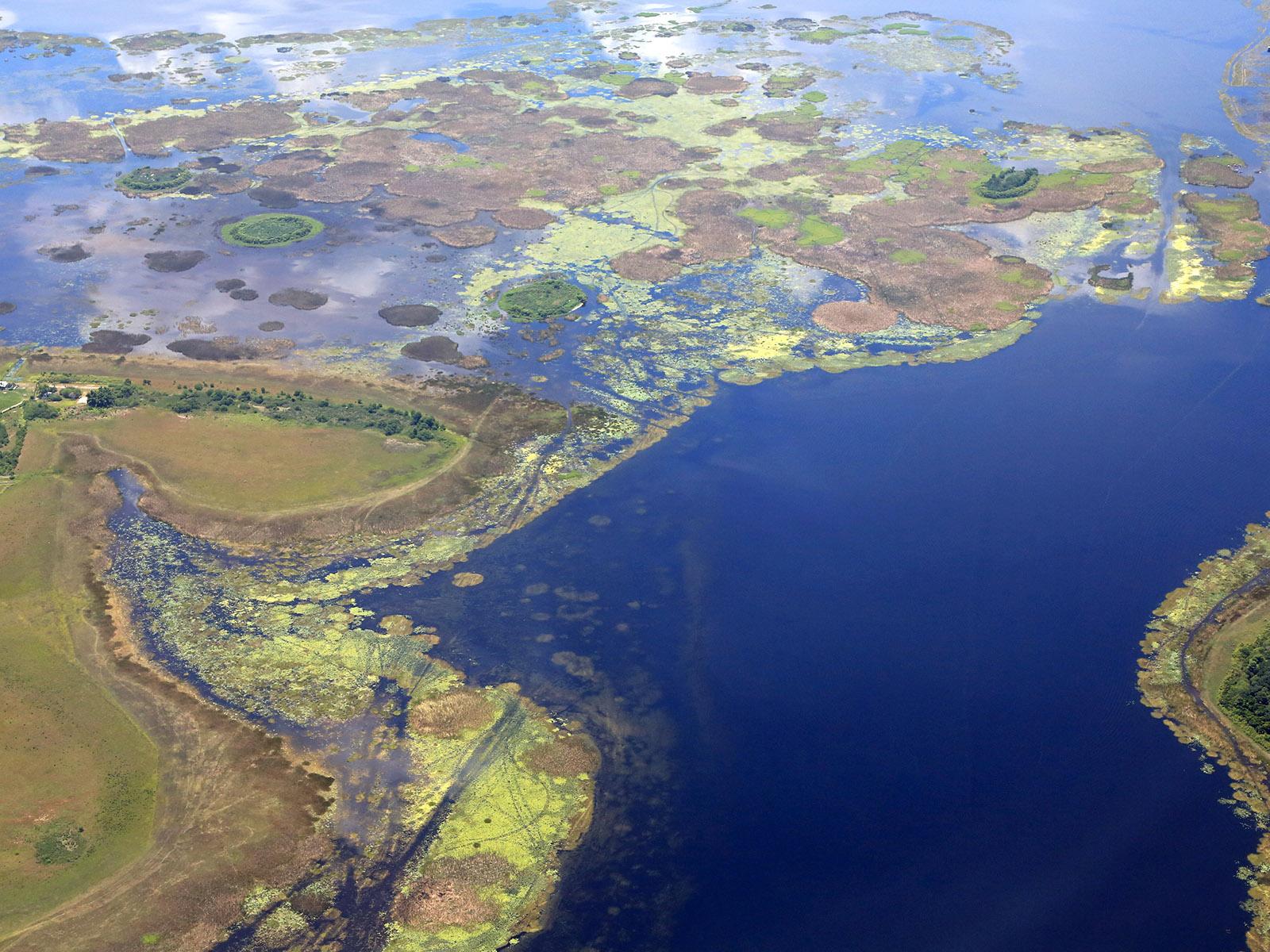
From Blooms to Biocrude
PNNL researchers are contributing expertise and hydrothermal liquefaction technology to a project that intercepts toxic algae blooms from water, treats the water, and concentrates algae for transformation to biocrude.
How Did Red Algae Survive in Extreme Environments?
Red algae have persisted in hot springs and surrounding rocks for about 1 billion years. Now, a Rutgers-led team will investigate why these single-celled extremists have thrived in harsh environments – research that could benefit environmental cleanups and the production of biofuels and other products.
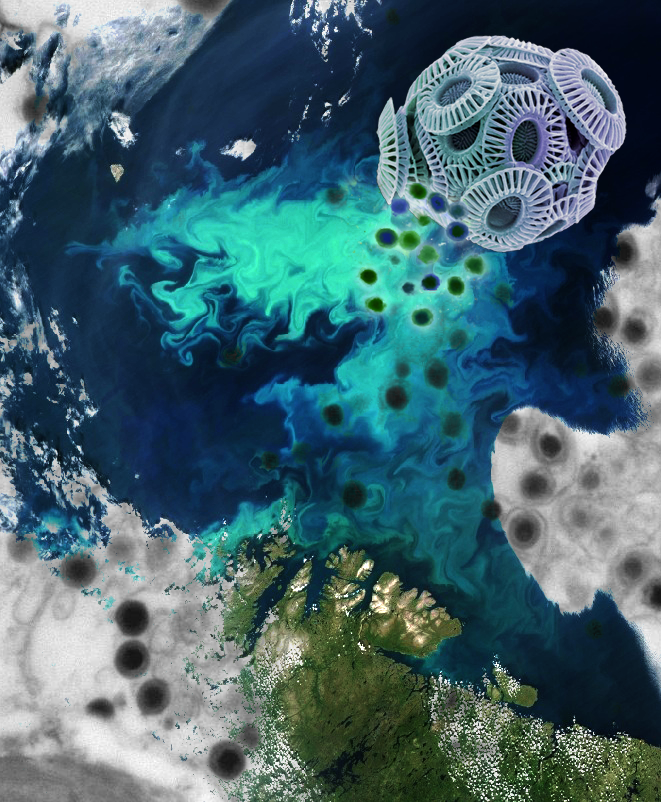
Ocean Algae Get “Coup de Grace” from Viruses
Scientists have long believed that ocean viruses always quickly kill algae, but Rutgers-led research shows they live in harmony with algae and viruses provide a “coup de grace” only when blooms of algae are already stressed and dying. The study, published in the journal Nature Communications, will likely change how scientists view viral infections of algae, also known as phytoplankton – especially the impact of viruses on ecosystem processes like algal bloom formation (and decline) and the cycling of carbon and other chemicals on Earth.

Florida State-led team offers new rules for algae species classification
A team of evolutionary biologists and ecologists, led by a Florida State University researcher, has a new idea for how scientists should classify algae species.
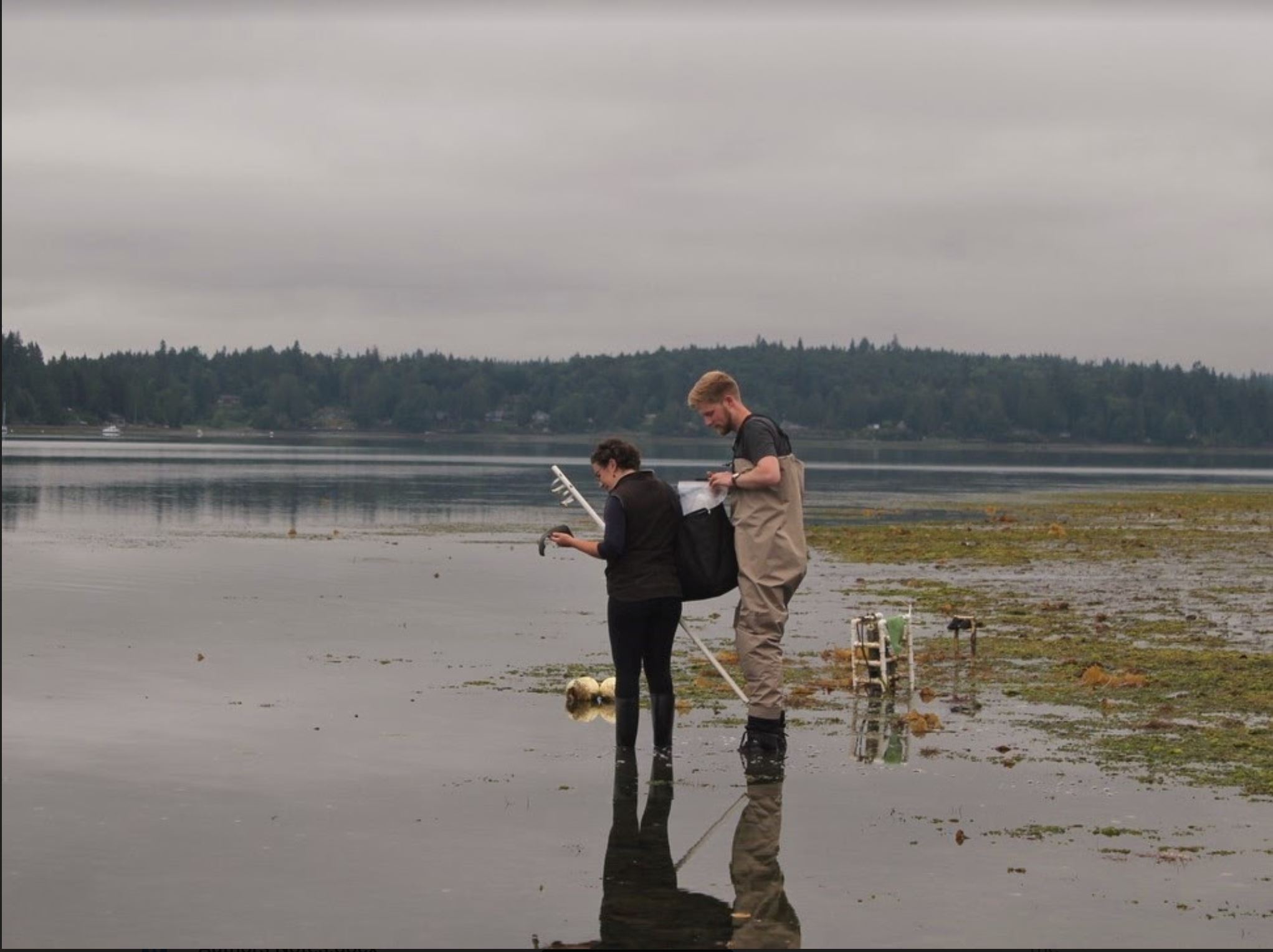
Puget Sound eelgrass beds create a ‘halo’ with fewer harmful algae, new method shows
Genetic clues show that eelgrass growing underwater along Puget Sound shorelines is associated with fewer of the single-celled algae that produce harmful toxins in shellfish. The evidence shows this effect extends 45 feet beyond the edge of the eelgrass bed.
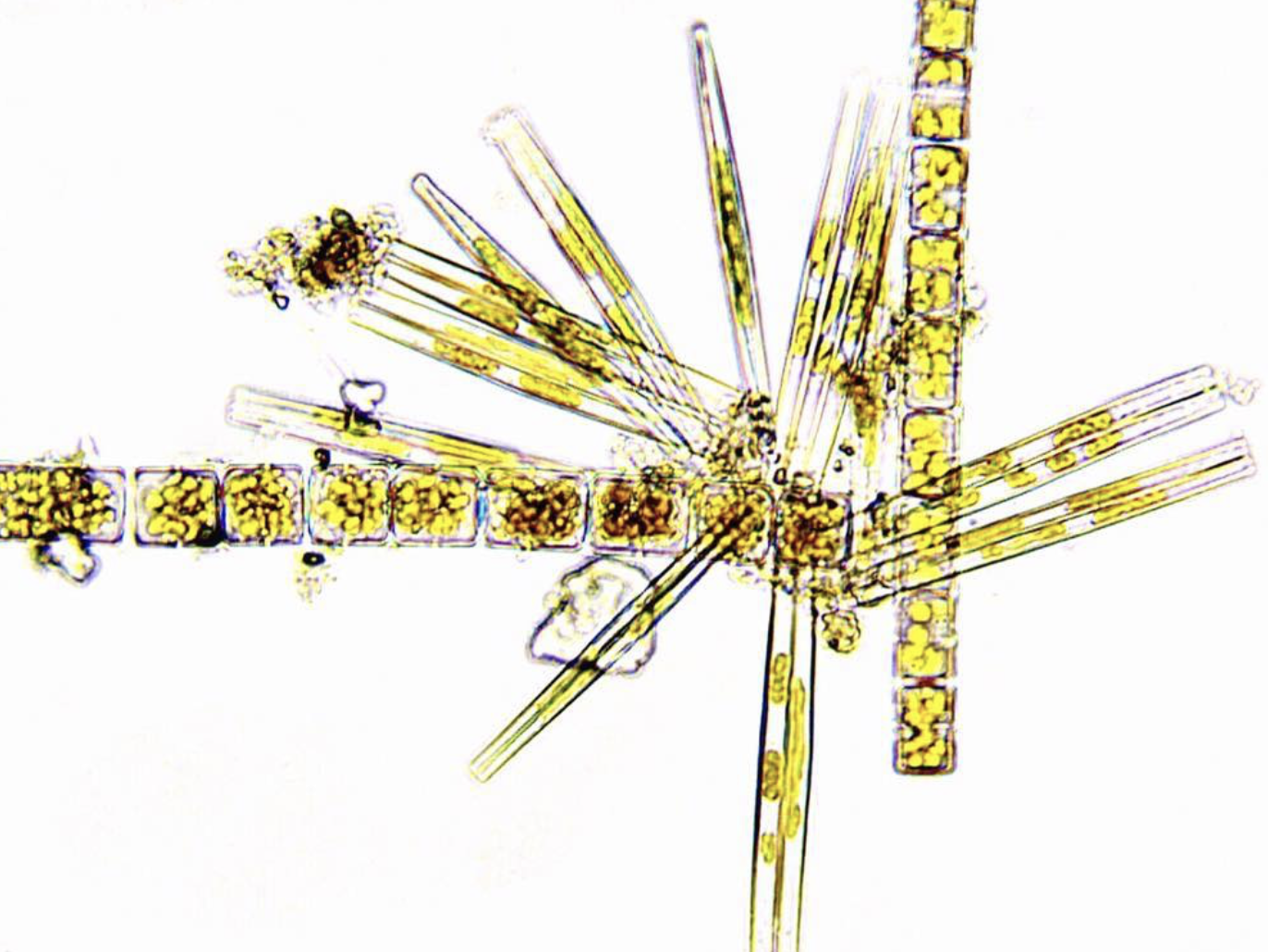
Algae in the Oceans Often Steal Genes from Bacteria
Algae in the oceans often steal genes from bacteria to gain beneficial attributes, such as the ability to tolerate stressful environments or break down carbohydrates for food, according to a Rutgers co-authored study.
The study of 23 species of brown and golden-brown algae, published in the journal Science Advances, shows for the first time that gene acquisition had a significant impact on the evolution of a massive and ancient group of algae and protists (mostly one-celled organisms including protozoa) that help form the base of oceanic food webs.
Rutgers Cooperative Extension Offers “Earth Day at Home” Webinar Series
New Brunswick, N.J. (April 16, 2020) – In celebration of the 50th anniversary of Earth Day on April 22, Rutgers Cooperative Extension will offer an “Earth Day at Home” webinar series. The webinars, on Mondays from April 20 to June…
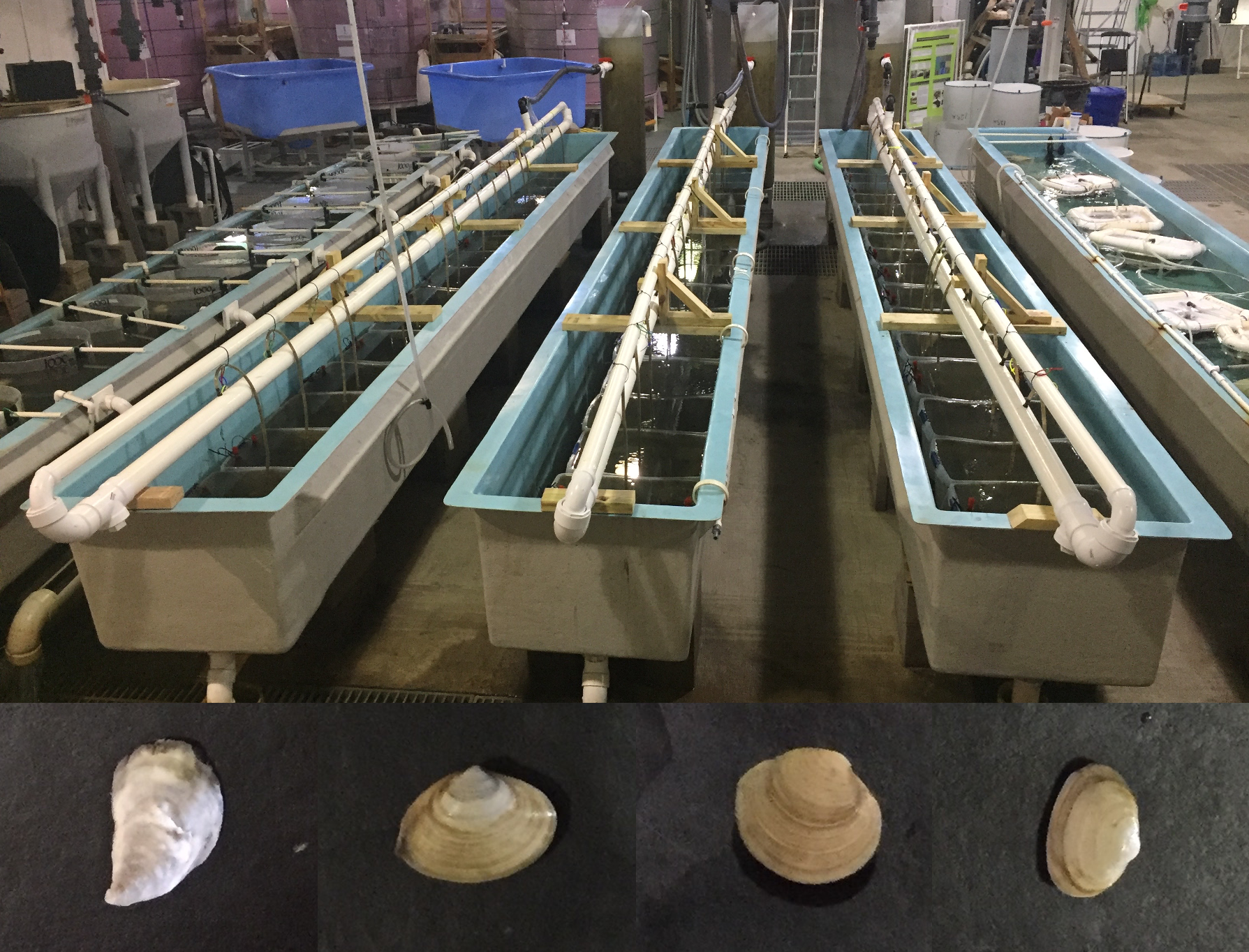
Oysters and Clams Can be Farmed Together
Eastern oysters and three species of clams can be farmed together and flourish, potentially boosting profits of shellfish growers, according to a Rutgers University–New Brunswick study. Though diverse groups of species often outperform single-species groups, most bivalve farms in the United States and around the world grow their crops as monocultures, notes the study in the journal Marine Ecology Progress Series.
What We Don’t Know (about lakes) Could Hurt Us
As the power of extreme weather events increase with climate change, a team of scientists warn that lakes around the world may dramatically change, threatening ecosystem health and water quality.
Drug Lord’s Hippos Make Their Mark on Foreign Ecosystem
Scientists published the first assessment of the impact that invasive hippos imported by drug lord Pablo Escobar are having on Colombian aquatic ecosystems. The hippos are changing the area’s water quality by importing large amounts of nutrients and organic material from the surrounding landscape.
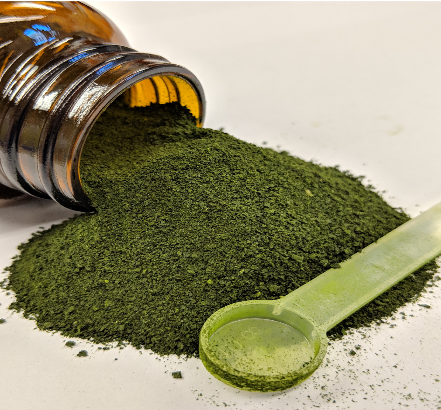
Algae Shown to Improve Gastrointestinal Health
UC San Diego scientists have completed the first study in humans demonstrating that a common algae improves gastrointestinal issues related to irritable bowel syndrome. The green, single-celled organism called Chlamydomonas reinhardtii was found to help with diarrhea, gas and bloating.
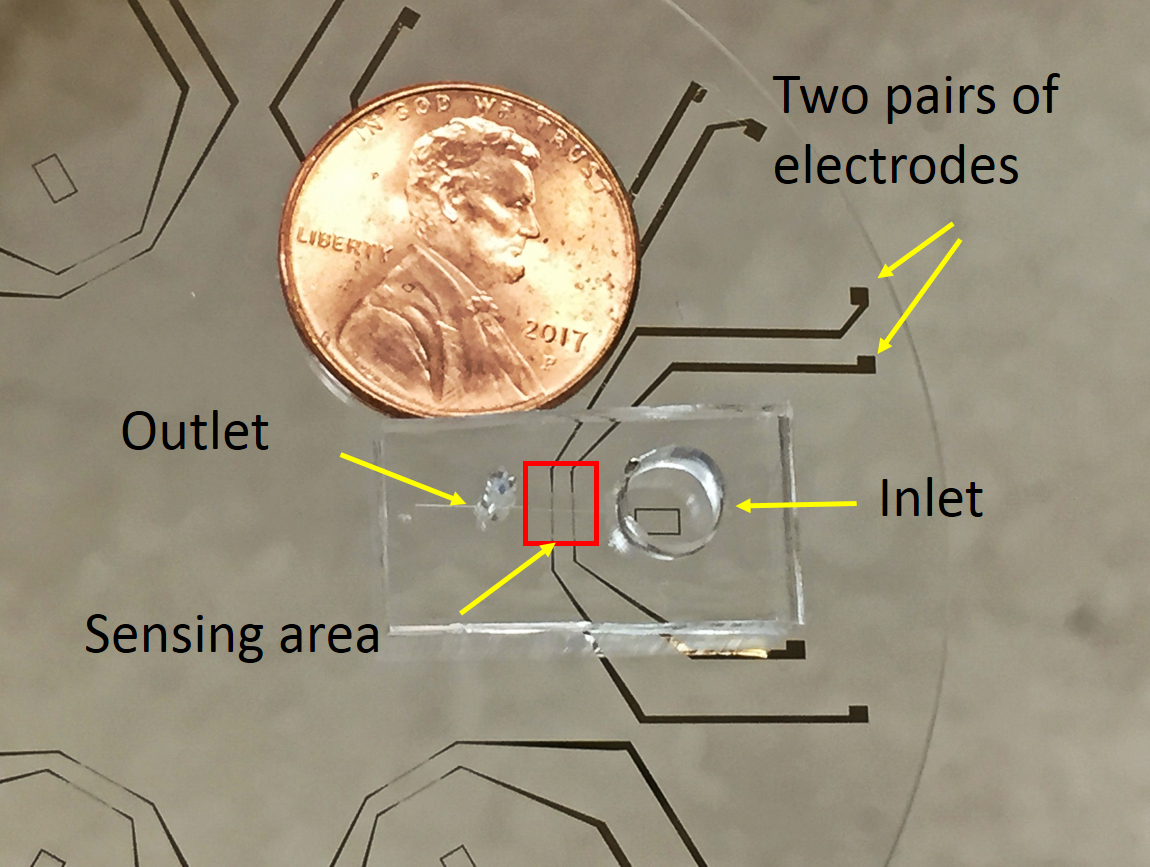
New Portable Tool Analyzes Microbes in the Environment
Imagine a device that could swiftly analyze microbes in oceans and other aquatic environments, revealing the health of these organisms – too tiny to be seen by the naked eye – and their response to threats to their ecosystems. Rutgers researchers have created just such a tool, a portable device that could be used to assess microbes, screen for antibiotic-resistant bacteria and analyze algae that live in coral reefs. Their work is published in the journal Scientific Reports.
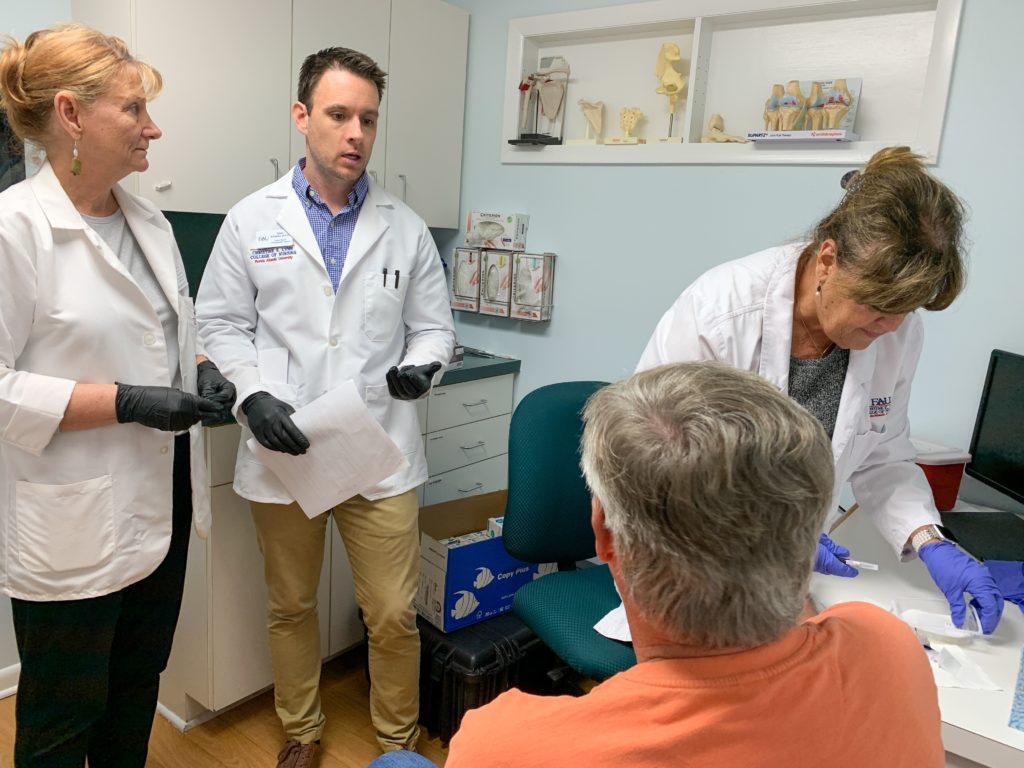
New Method Detects Toxin Exposure from Harmful Algal Blooms in Human Urine
A newly developed method can detect even low-dose human exposure to microcystins and nodularin in human urine. During harmful algal blooms (HABs), species of cyanobacteria release toxic peptides, including microcystins and nodularin into waterways, impacting wildlife and humans living in these marine environments. These findings are the first to report microcystin concentrations directly from exposed residents impacted by cyanobacteria in Florida, and is a critical step in developing and interpreting clinical diagnostic tests for HABs exposure worldwide.
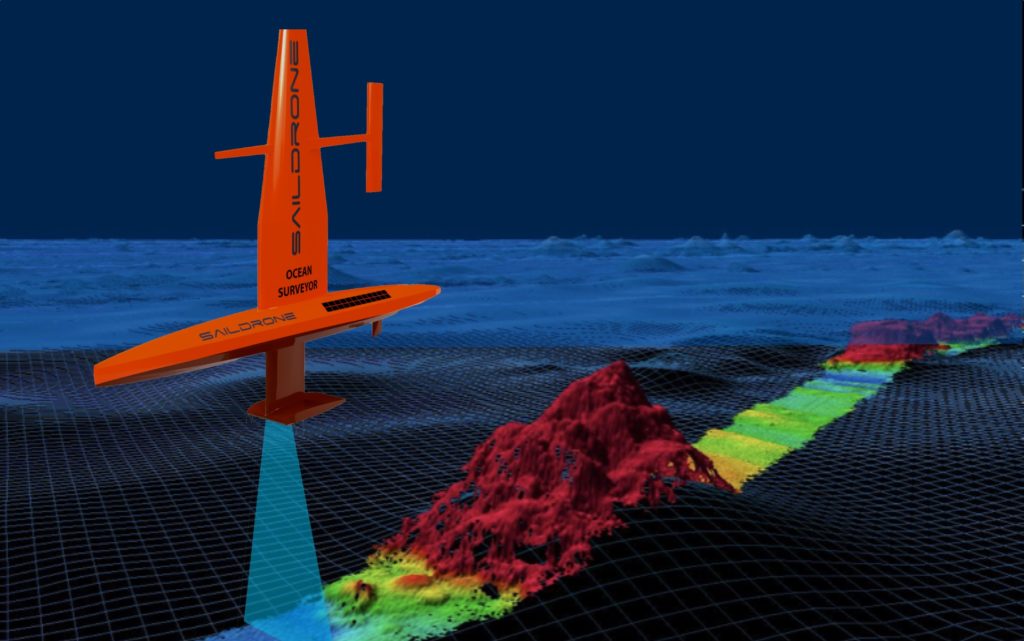
UNH Sails into the Next Generation of Ocean Mapping With NOAA Grant
Researchers at the University of New Hampshire have been awarded a three-year grant from the National Oceanic and Atmospheric Administration (NOAA) in partnership with Saildrone, Inc. of Alameda, CA, and the Monterey Bay Aquarium Research Institute (MBARI) to develop data quality tools for a new unmanned wind-powered sailboat-like vehicle capable of long-duration missions to collect vital ocean mapping information.
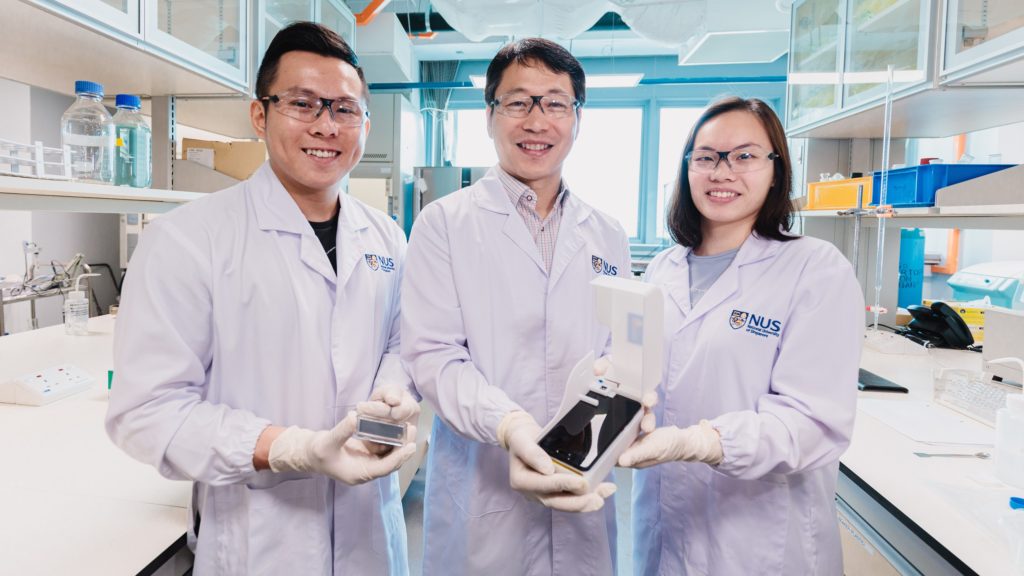
NUS engineers invent smartphone device that detects harmful algae in 15 minutes
A team of engineers from the National University of Singapore has developed a highly sensitive system that uses a smartphone to rapidly detect the presence of toxin-producing algae in water within 15 minutes. This technological breakthrough could play a big role in preventing the spread of harmful microorganisms in aquatic environments, which could threaten global public health and cause environmental problems.
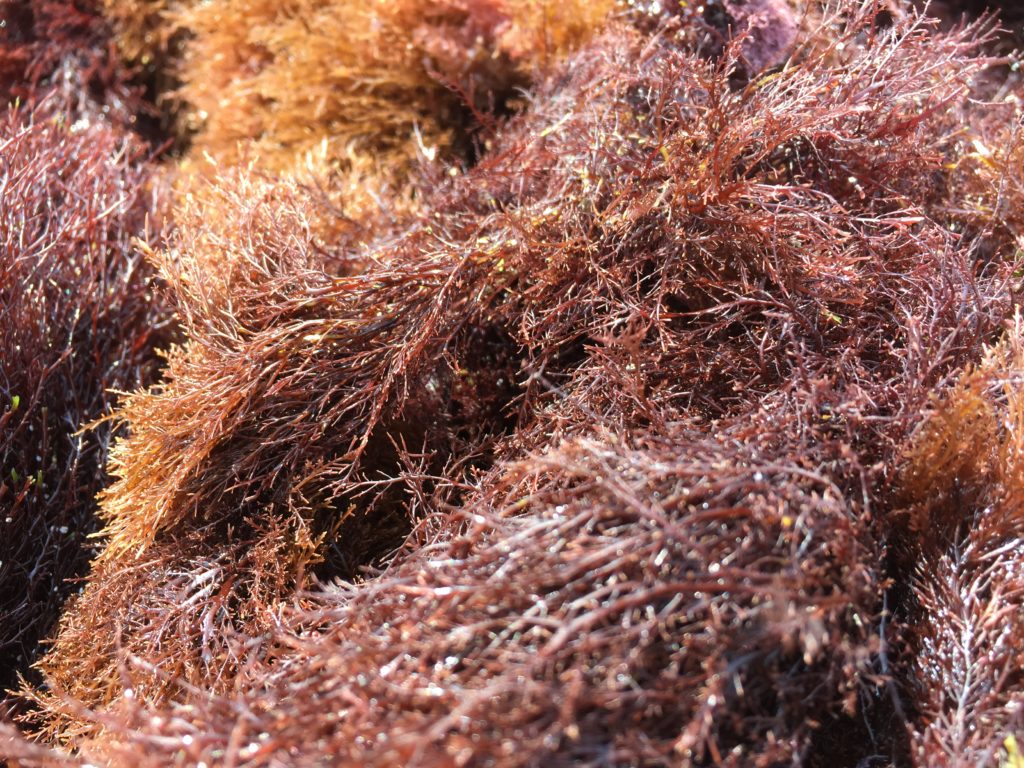
Red Algae Thrive Despite Ancestor’s Massive Loss of Genes
You’d think that losing 25 percent of your genes would be a big problem for survival. But not for red algae, including the seaweed used to wrap sushi. An ancestor of red algae lost about a quarter of its genes roughly one billion years ago, but the algae still became dominant in near-shore coastal areas around the world, according to Rutgers University–New Brunswick Professor Debashish Bhattacharya, who co-authored a study in the journal Nature Communications.
Danforth Center to Lead DOE-Funded Research to Harness Untapped Reservoir of Plant Genes in Quest for Bioenergy Crops
The U.S. Department of Energy has selected Danforth Center Principal Investigator James Umen, Ph.D., to lead a multi-institutional collaboration that will predict functions for hundreds of uncharacterized plant genes that could be important to stress tolerance in a range of potential bioenergy crops.
Scientists Discover Key Factors in How Some Algae Absorb Solar Energy
Scientists have discovered how diatoms – a type of algae that produces 20 percent of the Earth’s oxygen – absorb solar energy for photosynthesis. The Rutgers University-led discovery, published in the journal Proceedings of the National Academy of Sciences, could help lead to more efficient and affordable algae-based biofuels and combat climate change from fossil fuel burning.